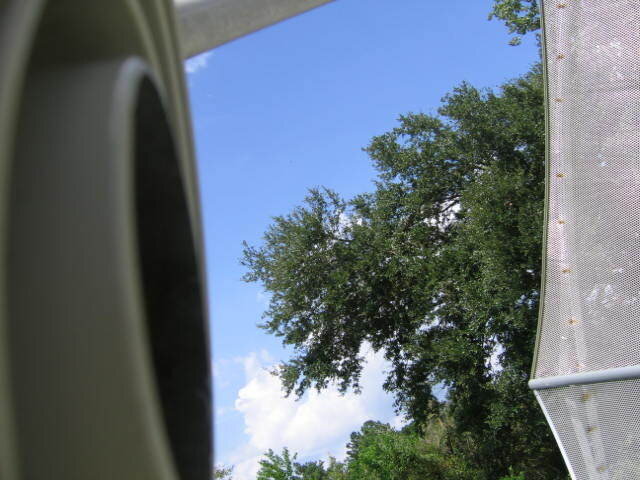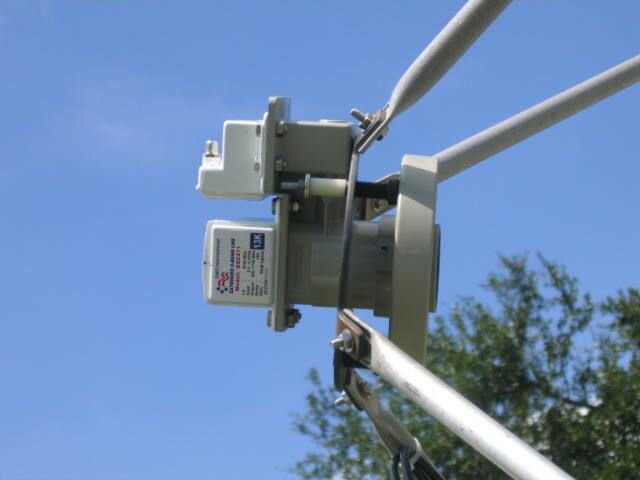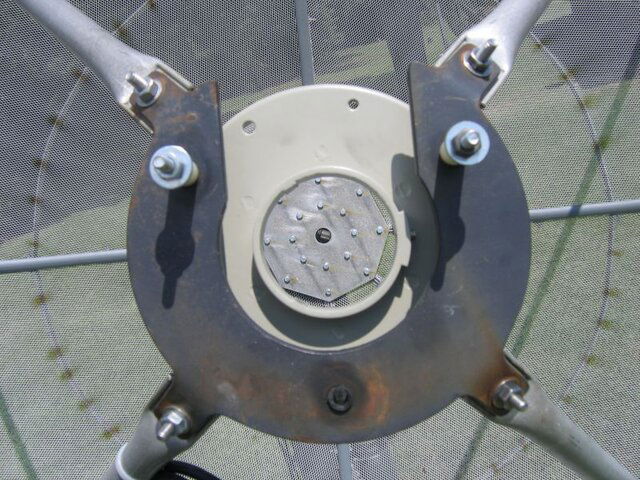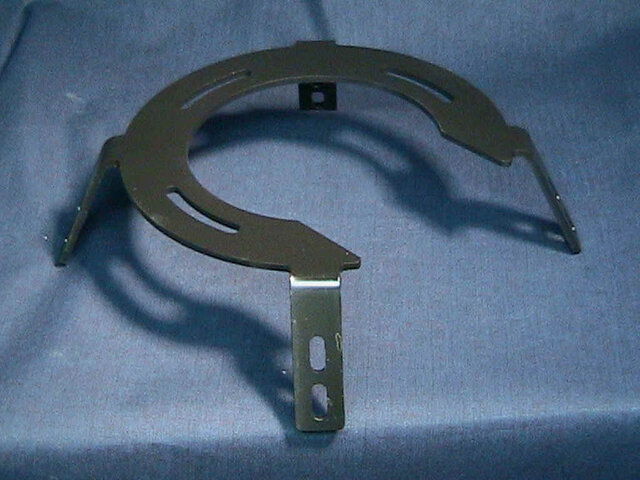Can the assembly (feedhorn and all the goodies) be pushed forward to the C-ring in any of four 90° orientations?
It doesn't really matter if your "outside" LNB is up, down, left, or right.
That can be handled in the switch.
If there is interference between the feedhorn and C-ring/bracket, how much grinding on the C-bracket would it take to make clearance?
If a lot, then not a great idea. If just a little, then maybe something you could consider?
Guess I'm not visualizing the problem all that well.
edit: Voom, Linuxman, Stogie... have these dual-LNB feedhorns been around 20+ years?
I like 'em, but figured they were a newer solution.
Or, are they more old commercial as opposed to old end-user design?
I guess 20 years ago, two LNBs would have cost hundreds of dollars and not been popular with most non-professionals...?
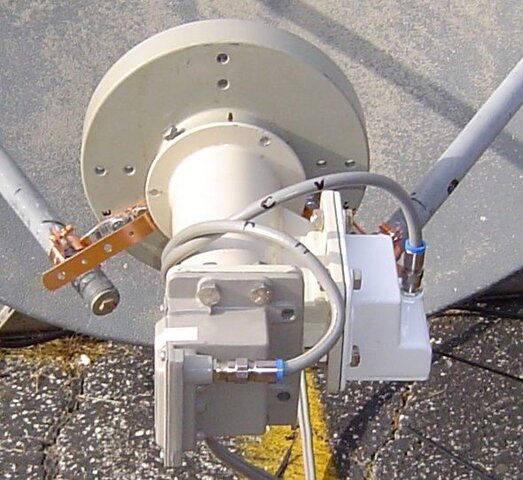


![IMG_1583[1].JPG](https://cdn.satelliteguys.us/xen/data/attachments/24/24604-6a99df2deb38e173131e2232460f9cfb.jpg?hash=apnfLes44X)

